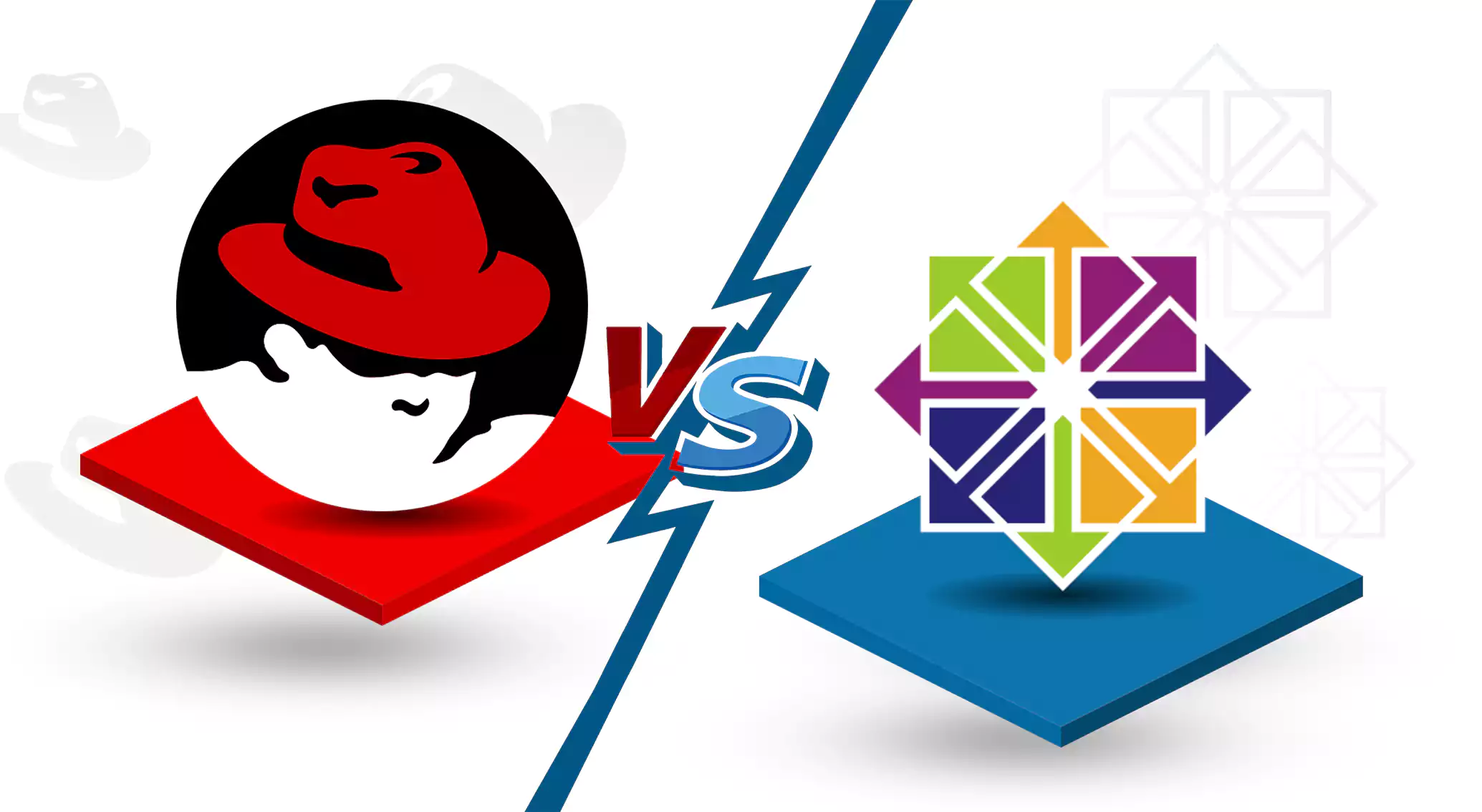
Open-source operating systems have revolutionized the tech industry, offering cost-effective and highly customizable solutions for businesses and individuals alike. Among the myriad of choices, Red Hat and CentOS have emerged as two prominent contenders, sparking debates over which one reigns supreme. In this blog article, we delve into the captivating showdown between Red Hat vs CentOS, examining their key features, advantages, and helping you make an informed decision for your next tech endeavor. If you intend to buy your own Linux VPS server, you can order what you want by checking the economical packages on the our website.
1. Origins and Legacies:
Red Hat: Like a seasoned veteran, Red Hat boasts a long-standing history and immense expertise in the open-source world. Its name has become synonymous with stability, scalability, and unwavering support. Red Hat initially targeted the enterprise market, focusing on providing top-tier services and premium customer support.
CentOS: Born from the ashes of Red Hat, CentOS swiftly emerged as its formidable counterpart. Operating on the notion that “the best things in life are free,” CentOS offers a community-driven alternative to its commercial counterpart. It leverages the same source code as Red Hat but emphasizes community collaboration and enhancements.
2. Performance and Stability:
Red Hat: Renowned for its bulletproof stability, Red Hat provides a highly secure and reliable environment for mission-critical applications. Its rigorous testing and quality control measures ensure unmatched performance, making it the preferred choice for businesses requiring maximum uptime and security.
CentOS: Building on the strong foundation of Red Hat, CentOS inherits its stability and performance prowess. Supported by an active community, CentOS places a strong emphasis on stability. However, it occasionally falls slightly behind Red Hat in terms of updates and security patches due to its community-led development process.
3. Support and Documentation:
Red Hat: One of the standout features offered by Red Hat is its outstanding support and comprehensive documentation. Paying customers can rely on continuous support from a dedicated team of experts, minimizing downtime and maximizing productivity. Red Hat also provides an extensive knowledge base, certifications, and numerous training options.
CentOS: As a community-driven project, CentOS offers support primarily in the form of forums and online communities. While these resources are robust, they might lack the immediacy and dedicated assistance provided by Red Hat’s support team. However, considering the cost savings, CentOS serves as an excellent option for self-sufficient users comfortable relying on community support.
4. Ecosystem and Compatibility:
Red Hat: With an extensive ecosystem, Red Hat offers seamless compatibility with a wide range of enterprise hardware and software. This compatibility extends to third-party tools and applications, ensuring a smooth integration process for businesses with diverse technology stacks.
CentOS: Benefiting from its shared DNA with Red Hat, CentOS offers nearly identical compatibility, guaranteeing a hassle-free experience when transitioning from Red Hat. Moreover, CentOS’s compatibility with Red Hat packages provides a vast library of pre-compiled software options for users to explore.
Conclusion
Choosing between Red Hat and CentOS ultimately depends on your specific requirements, priorities, and budget. Red Hat’s exceptional stability, support, and certifications make it an ideal choice for enterprise-level applications demanding unmatched reliability. On the other hand, CentOS, with its community-driven approach, is perfect for tech enthusiasts, startups, and budget-conscious individuals seeking a solid open-source operating system.
In the end, the Red Hat vs. CentOS debate presents an exciting dilemma, ensuring that the open-source revolution continues to foster innovation and provide users with a multitude of options designed to meet their unique needs.
[yasr_visitor_votes size=”medium”]




